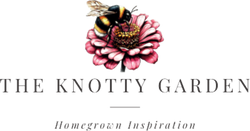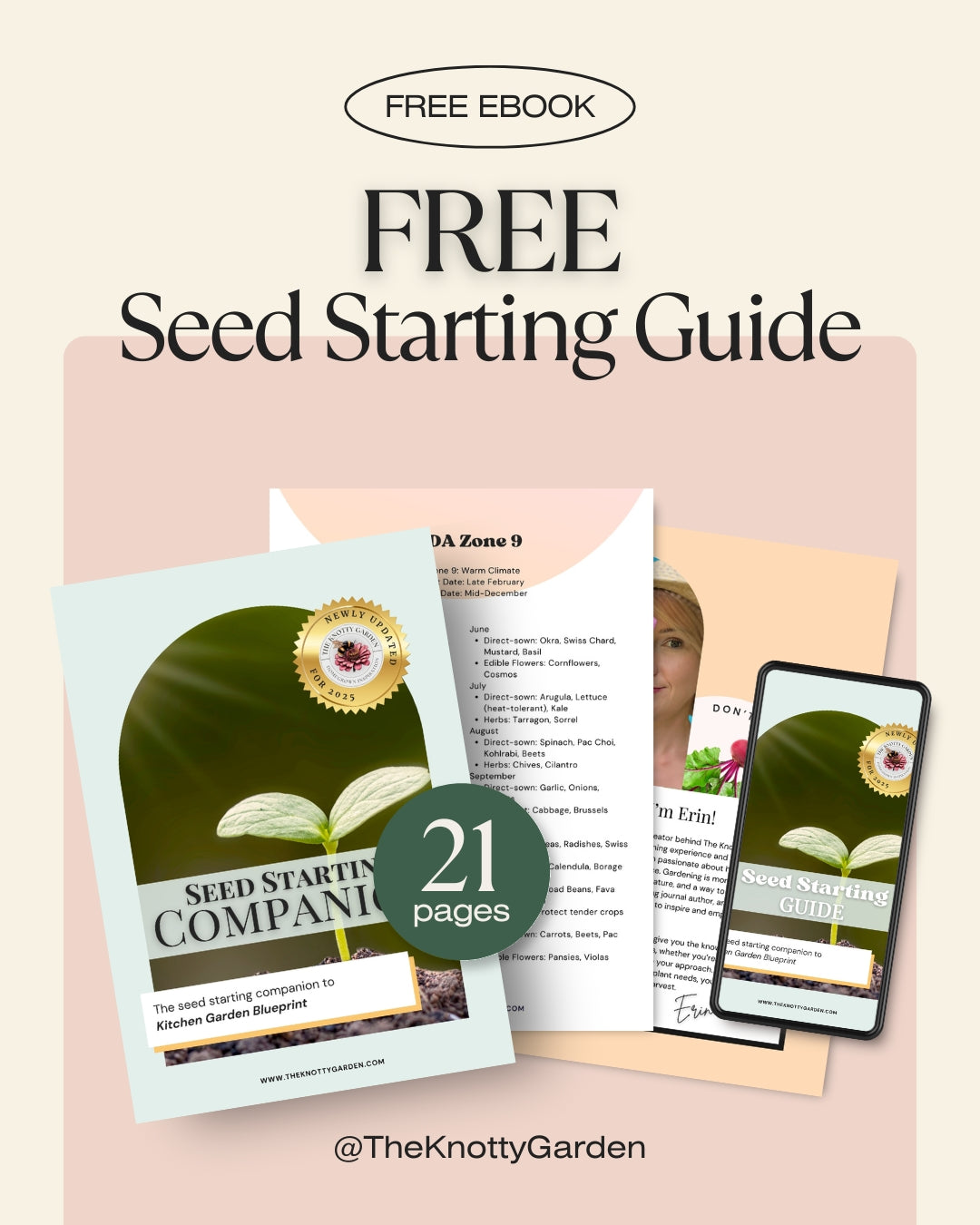Gardening Myths—Debunked with Science

Earlier this month, I had the absolute pleasure of presenting a seminar for the Langley Environmental Partners Society (LEPS). The topic? One that sparked a lot of laughter, nodding heads, and “I’ve always wondered about that…” moments: gardening myths.
Gardening is full of tradition, folklore, and advice passed down through generations — and while some of it is timeless, some of it doesn’t hold up to science. In this session, we unpacked 11 popular garden myths, explored the difference between correlation and causation, and talked about how to apply evidence-based practice to our backyards.
So whether you missed the presentation or want a refresher — here’s a recap of the myths we explored, and what the research actually says.
🌱 What Is Evidence-Based Gardening?
In medicine, evidence-based practice means making decisions using the best available research, expert knowledge, and real-world experience. Gardening works the same way.
Instead of relying solely on social media, anecdotal tips, or garden myths passed down from Great Aunt Marge, evidence-based gardening means:
-
Looking at peer-reviewed scientific research and extension trials
-
Considering expert horticultural knowledge
-
Observing your own garden and using critical thinking
It’s not about perfection — it’s about being curious, thoughtful, and informed.
🐓 Correlation ≠ Causation (Or: Why the Rooster Didn’t Cause the Sunrise)
A farmer notices that every morning, right before the sun rises, his rooster crows. Over time, he starts to believe that the rooster’s crowing is what causes the sun to rise.
This is a classic example of mistaking correlation (two things happening at the same time) for causation (one thing causing the other).
And this happens in gardening all the time.
Maybe you sprinkled coffee grounds around your hydrangeas and they bloomed beautifully — but was it the coffee? Or was it the weather, your watering, or improved soil health?
Being a thoughtful gardener means looking beyond the "rooster moments" in our gardens and asking: What’s really going on here? Where’s the evidence?
🌿 Gardening Myths — And What the Science Actually Says
☕ 1. Coffee Grounds Acidify Soil
Myth: Used coffee grounds lower soil pH.
Truth: Research from Oregon State University (Chalker-Scott, 2009) shows that used coffee grounds have a near-neutral pH (6.5–6.8). While they can slightly lower pH when used in high concentrations, their effect is minimal and temporary.
Source: Chalker-Scott, L. (2009). Coffee Grounds — Will They Perk Up Plants? Oregon State University Extension.
Tip: Compost them or use as mulch — just don’t rely on them to acidify your soil.
🌿 2. Companion Planting Always Works
Myth: Pairing certain plants guarantees mutual benefits.
Truth: Some combinations (like corn, beans, and squash) work due to structural and nutritional complementarity, but most claims are anecdotal and lack scientific evidence. A review by the University of Minnesota Extension notes that benefits are more often tied to overall biodiversity than specific pairings.
Source: University of Minnesota Extension (2016). Companion Planting: What Works, What Doesn’t.
Tip: Companion planting can be fun to experiment with, but results vary widely depending on your soil, pests, and microclimate.
🌾 3. Core Aeration Is Always Beneficial
Myth: Every lawn needs aeration.
Truth: Aeration is helpful on compacted, high-traffic soils, but research shows it offers little benefit on sandy or well-structured soils. Over-aeration may even damage turf.
Source: Klingenberg, D. et al. (2014). Core Aeration Effects on Soil Properties and Turfgrass Quality. Agronomy Journal.
Tip: Only aerate if your lawn shows signs of compaction or poor drainage.
🍵 4. Compost Tea Is a Miracle Tonic
Myth: Compost tea dramatically improves plant health.
Truth: While some microbial teas can help under specific conditions, Washington State University research shows no consistent advantage over simply using compost. Poorly brewed teas can even introduce pathogens.
Source: Chalker-Scott, L. (2004). The Myth of Compost Tea. Washington State University Extension.
Tip: Focus on healthy compost and soil biology instead of brewed teas.
🌸 5. Only Native Plants Benefit Wildlife
Myth: Non-native plants provide no wildlife support.
Truth: Native plants are crucial for specialized pollinators and birds, but non-invasive non-natives can support generalist pollinators and help fill resource gaps in urban gardens.
Sources:
Tallamy, D. (2007). Bringing Nature Home.
Bartomeus, I. et al. (2014). Contributions of Invasive Species to Pollination Networks. Global Ecology and Biogeography.
Tip: Prioritize native species but don’t panic about every non-native.
🌿 6. Lawns Have No Ecological Benefit
Myth: Lawns are environmental dead zones.
Truth: High-input lawns can harm ecosystems, but well-managed lawns can sequester carbon, reduce erosion, and moderate local temperatures. Biodiverse or mixed lawns support more soil life and even pollinators.
Source: Qian, Y. & Follett, R.F. (2002). Assessing Carbon Sequestration in Turfgrass. Journal of Environmental Quality.
Tip: Mow less, skip synthetic inputs, and include clover or low-growing natives.
🌽 7. Crop Rotation Is Always Necessary
Myth: You must rotate crops in all gardens.
Truth: On farms, rotation is essential for pest and soil management. But in small, diverse gardens, rigid rotation is less critical. The key is avoiding plant family repetition in the same spot.
Source: Davis, A.S. et al. (2012). Increasing Cropping System Diversity. Agricultural Systems.
Tip: Change up where you plant your tomatoes, but don’t overthink it.
🌱 8. Tilling Is Always Harmful
Myth: You should never till your garden soil.
Truth: Repeated deep tilling harms soil structure, but occasional or shallow tilling can help with bed prep or mixing in amendments. The USDA emphasizes frequency and depth are what matter most.
Source: USDA NRCS. (2014). No-Till Farming Resources.
Tip: Use tillage when you need it; reduce it where you can.
🪱 9. Vermicompost Is a Microbial Miracle
Myth: Worm castings supercharge microbes and root growth.
Truth: Vermicompost is nutrient-rich, but claims about microbial boosts are often overstated. The real benefit is in its slow-release nutrients and improved structure, not magic microbes.
Source: Edwards, C.A. et al. (2004). The Production and Use of Vermicompost. Waste Management.
Tip: Use it as a slow-release organic fertilizer.
🍊 10. Don’t Compost Citrus or Onion
Myth: Citrus and onions harm compost or worms.
Truth: In moderation, citrus and onion break down like any other organic matter. They may slow decomposition in small bins but are not harmful.
Source: University of Illinois Extension (2021). What Can I Compost?
Tip: Chop them and mix with other greens and browns.
🍅 11. Adding Calcium Prevents Blossom End Rot
Myth: BER is caused by calcium deficiency.
Truth: It’s actually caused by inconsistent water uptake, which prevents calcium from reaching developing fruit. Adding calcium rarely helps if soil calcium is already sufficient.
Source: Saure, M.C. (2001). Blossom-End Rot of Tomato: A Calcium- or a Stress-Related Disorder? Scientia Horticulturae.
Tip: Mulch and water consistently; avoid over-fertilizing with nitrogen.
🌿 Final Thoughts
Gardening advice is everywhere — books, blogs, TikToks, and backyard conversations. But not all of it is evidence-based.
When we slow down, ask questions, and stay open to learning, we become better gardeners and more thoughtful stewards of the land. So let’s keep growing, experimenting, and maybe questioning a few roosters along the way.


